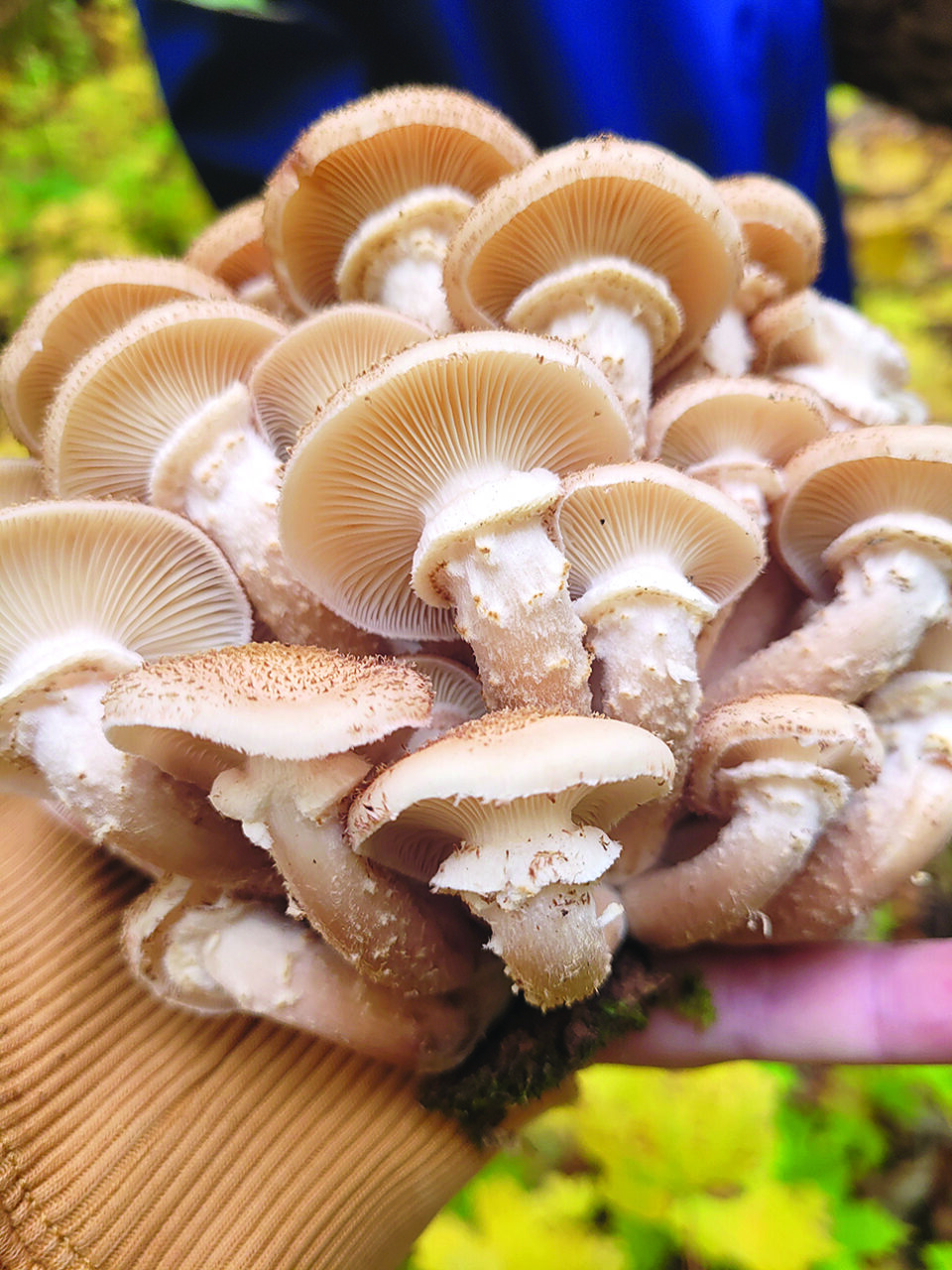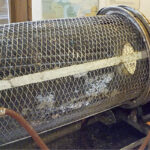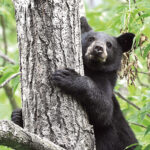I don’t know about you, but until recently, I was unaware that in the Grand Marais area alone, there are more than a thousand of different kinds of mushrooms and fungi, some edible, some toxic, and some inedible. When it comes to the entire world, approximately 10 percent of all mushrooms are edible, while roughly only 1-3 percent are toxic—the rest are inedible. The difference between toxic and inedible? Toxic mushrooms contain toxins that can cause serious harm or even death if ingested. Inedible mushrooms are not suitable for consumption due to reasons other than toxicity. While they might not be directly harmful, some can cause various issues such as indigestion or gastrointestinal discomfort. Others are inedible due to their unpleasant texture, taste, or lack of nutritional value. Here’s a small sample of common edible, inedible, and toxic mushrooms that can be found in the Northern Wilds, from August to October.
Note, some edible mushrooms have toxic or inedible look-alikes that can sometimes be difficult to distinguish. The best way to learn how to safely identify mushrooms and fungi is to get hands-on experience with an expert.
Photos by Ariel Bonkoski




